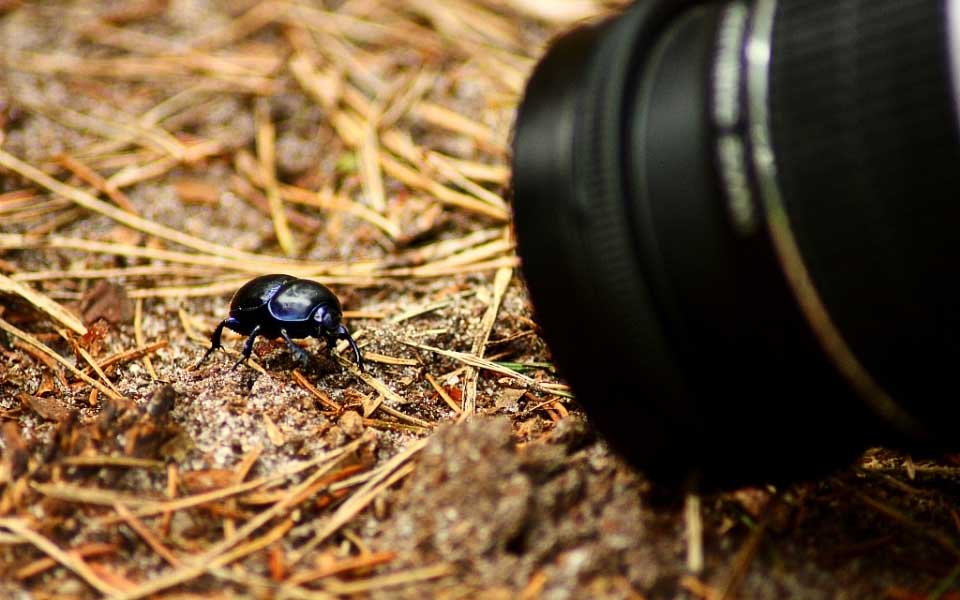You no need to be a pro in this article of quick photography tips and to capture awesome photos all the time. Sometimes, just a little photography knowledge can help you to shoot great images.
The medium has been democratized by digital photography. More individuals take more photographs than ever before and share them online in record amounts with buddies and relatives.
If your pictures are not as good as others, you can easily put the fault on the phone (or smartphone), but you can enhance the value of your snapshots without spending big bucks on the camera by following a couple of rules.
The next moment you go out to catch the universe around you, remember these 9 simple tips. And if you have any suggestions for better photographs, kindly share them with us in the comments section.
1. Get Basic Composition Down
The picture’s core is its structure— the position of various components in a frame. The Rule of Thirds is the simplest standard for learning and remembering.
In essence, you want to split your picture into nine pieces of approximately the same size.
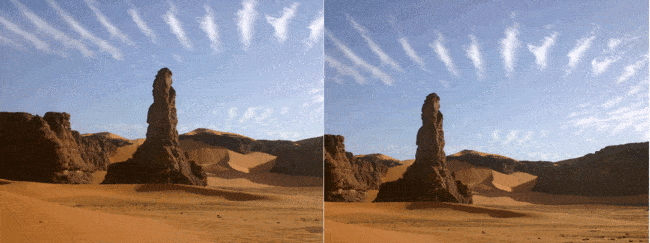
Try to fit your picture with these rows and crossroads, and imagine the major picture split over these nine boxes. This provides a more spectacular, visually exciting picture than one in which the topic is dead center.
There are many cameras and smartphones with a standard that can be used when shooting third-party grid overlays. To know more about quick photography tips and composition rules,s read the article we have on this blog page.
2. Adjust Exposure Compensation
As soon as you do not film in complete manual mode, your digital camera decides how the picture is displayed— how dark or light the picture appears in English.
In general, a viewer looks at a scene and attempts to determine the right exposure by right grey card illumination, which is why snow methods are unique–without them, a photo frame can attempt to grey the white earth.
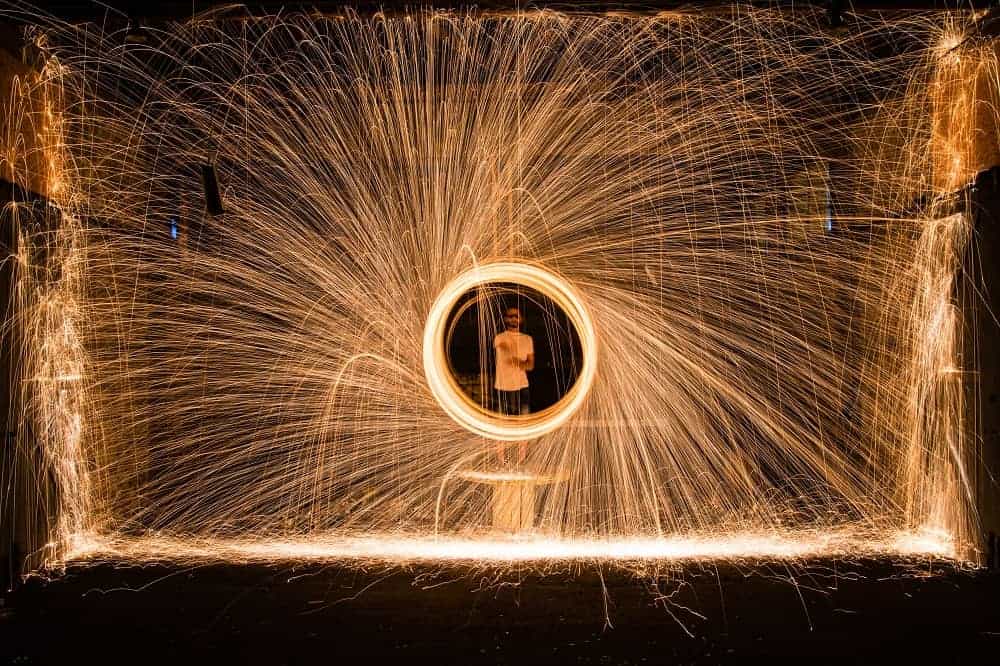
3. Choose the Right Mode
If your picture is too light or dark, you can either explore the multitude of scene methods in contemporary point/shoot cameras or just plug in an exposure compensation scheme.
A+/-sign is used to identify many cameras with a physical button or dial. If your picture is too dark, shift the scale over zero and push it down a lot if it is too light.
There are probably a number of shooting modes in your camera, varying from fully automatic to very particular methods.
If you take a quick-fire move, you can move the camera to “S” or “TV” mode and boost the velocity at which your image is taken–setting it at 1/125 second or quicker helps to stop action and use a velocity that is as brief as necessary to freeze or longer to blur movement on the winged flap for really rapid topics.
Use the Aperture priority mode (“A” or “Av”) to get as much light into the lens as possible. You can also close the lens iris to increase its field depth by sharply focusing everything from the foreground up to the horizon.
You are more likely to use the A or S methods when you are a DSLR shooter. Where point/shoot phones often feature more particular models that cater to operations such as games, bass use, or scenery shooting.
4. Think About Lighting
Be careful how much light you have and where your pictures come from. Beware that if you shoot outdoors, you won’t draw pictures of an individual when the sun is behind them unless you’re going to create a portrait with a certain drastic flare.
You use a complete flash to create a shiny backdrop when taking a picture from a monument or place, and want to ensure it’s not overexposed. You may have to turn the flash manually, as it is very likely that the camera thinks it is a bright day, so it is pointless.

5. Change Your Perspective
The majority of snapshots and startups will be on two-eye-level feet and snapshots. Although it’s good for many pictures, it’s not always perfect. If you have a camera with a tilting display, you can shoot your topic more readily, from a small or high angle.

If you have no tilting LCD, just think of getting the best photographs of animals and boys down to the ground— you want the camera to get the picture that stands out in their eyes.
There’s no electronic camera that has to pay for every shot, so play with distinct perspectives. Camera positions until you find a shot that takes time and stands out to the audience.
6. Watch Your White Balance
Your camera will automatically attempt to determine the white balance depending on the sort of light you shoot in.
Various light covers distinct color schemes–very blue is the sunlight, yellow is tungsten light, and red is sometimes fluorescent. The camera detects in many instances which light you are under and adjusts the color in pictures to make them appear natural.
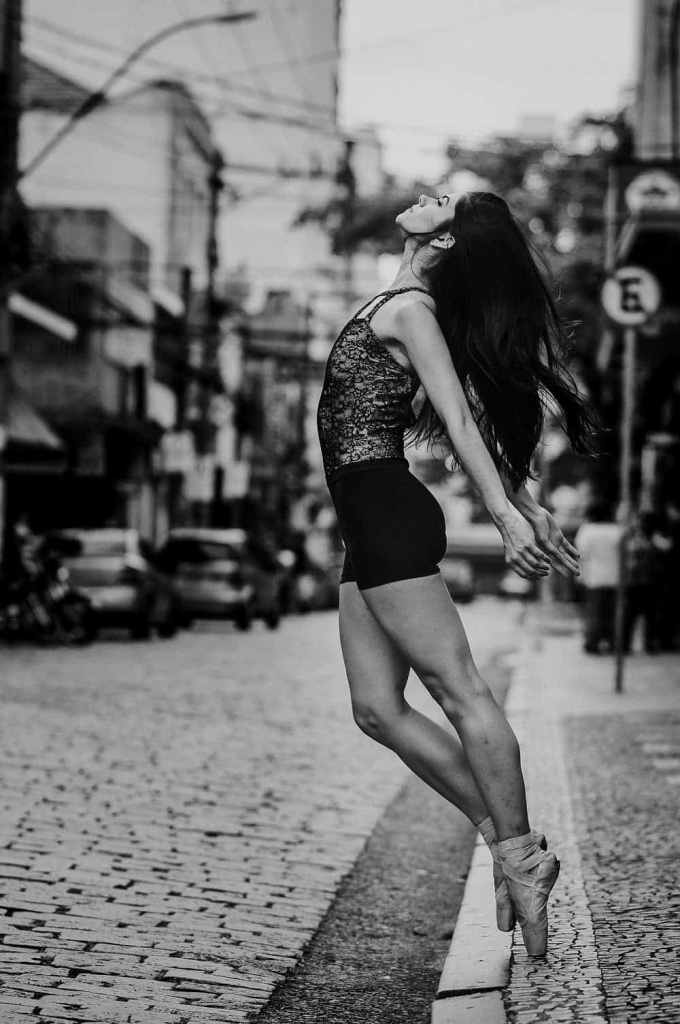
But if White Balance is wrong, outcomes are obtained as you can see above, the picture on the left is correct, and that on the right is far away. You can manually set the equilibrium of white.
When you shoot in blended illumination, or if the camera finds events difficult. You will mostly need to jump into the screening panel. But many DSLRs have a devoted White Balance key, which is frequently marked WB.
In the included Mac and Windows-based picture processing applications, you can change your image later on. But if you first get the white balance in the right direction, quick photography tips for you will get pictures that look better.
7. Use a Tripod or Monopod
Sometimes it takes a little extra time to get your shot right. You can use a tripod to set up the framing and, together with the self-timer of your camera, can come in handy to shoot you and the children in front of Mount Rushmore.
If you’re a point-and-shoot consumer, it can be an affordable tripod, but investing more in a brand such as Manfrotto or MeFoto will lead to far fewer frustrations than dealing with the local five-and-a-half-dime products.
DSLR consumers should certainly be careful in choosing a trombone, because a set of feet and a head are essential, which are strong enough to keep the camera.
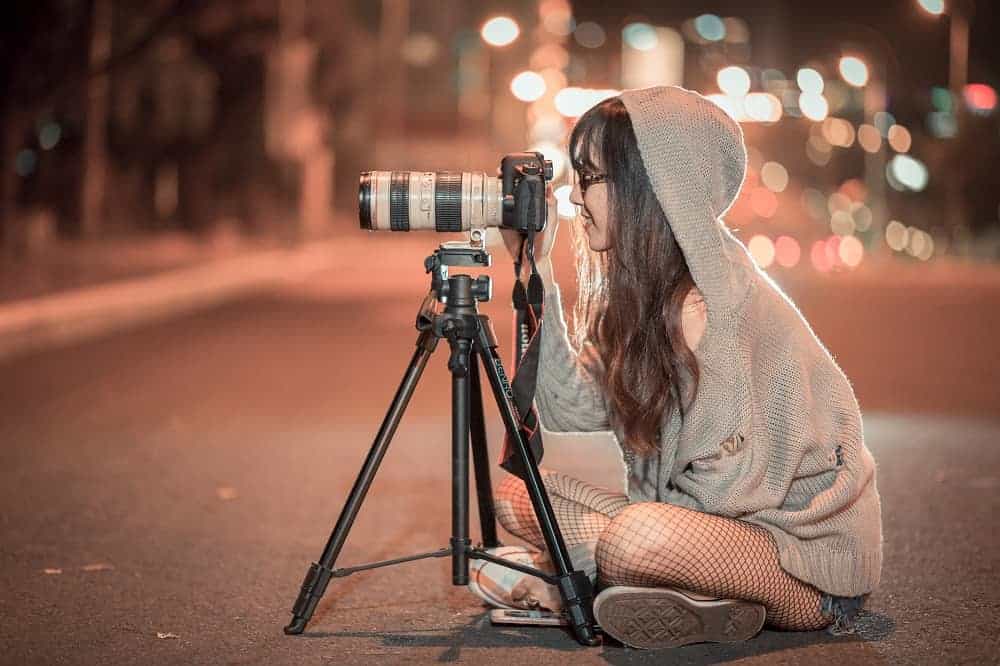
A monopod–which looks just the same as it is–with two bars missing–helps to keep your shot, if you are more of a fire-armed shooter and take the vast idea of quick photography tips.
Great for use in zoos and sports, your two arms supplement a monopod to add strength to your camera without a lot of time-consuming configuration and breakdown needed by a nice tripod.
8. Be Selective
Hundreds of pictures can be taken easily with digital and quick photography tips in a few hours. However, don’t just drop and upload your memory card to Facebook for all pictures.
You should waste some time on your pictures to remove redundant pictures and discard pictures. Which are unfocused or poorly composed. Instead of posting several tens of excellent pictures on your own. It is easier to put them on hundreds of nice pictures that are not so nice.

9. Don’t Forget to Post-Process
Consider organizing and editing your pictures using various image editing software. The fundamental organization of Apple Photos and Microsoft Photos, as well as various editing instruments, is supported.
Click the quick photography tips and check out VSCO or Snapseed if you’re a more mobile editor. A very fundamental photo editing can drastically enhance your performance.
Cutting a lot can contribute to the structure, and a picture may be rotated to straight horizon lines as well. The ideal camera photography is a lofty piece; a little bit of retouching is no harm.
Read our Top 11 Photo Composition Rules when you are prepared to do even more with your pictures. We also explain how to assist you in catching lightning and fireworks pictures.
If you have a large number of files to post-process, shout out to us. We are the finest bulk order handler in the market for a clipping path company.


